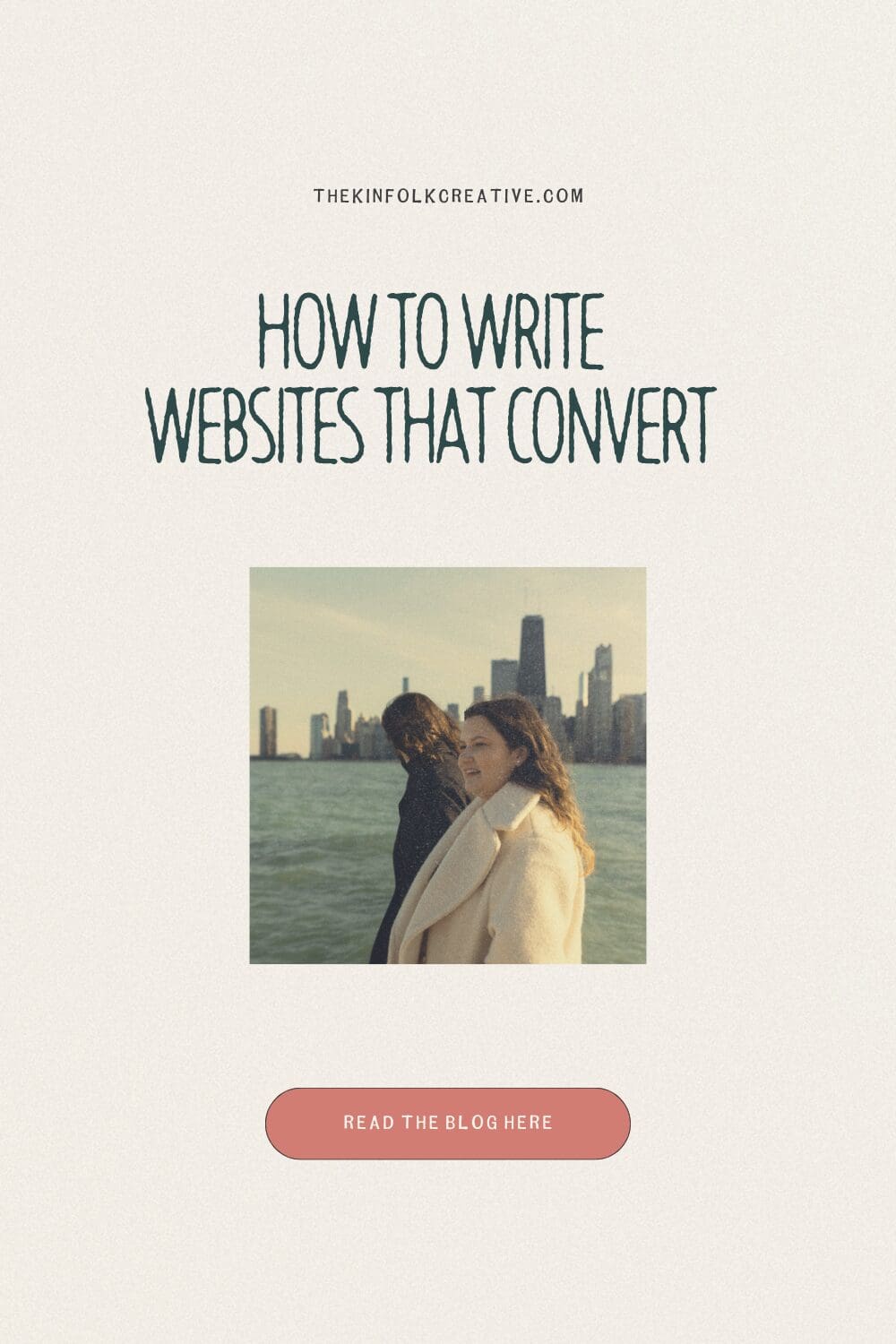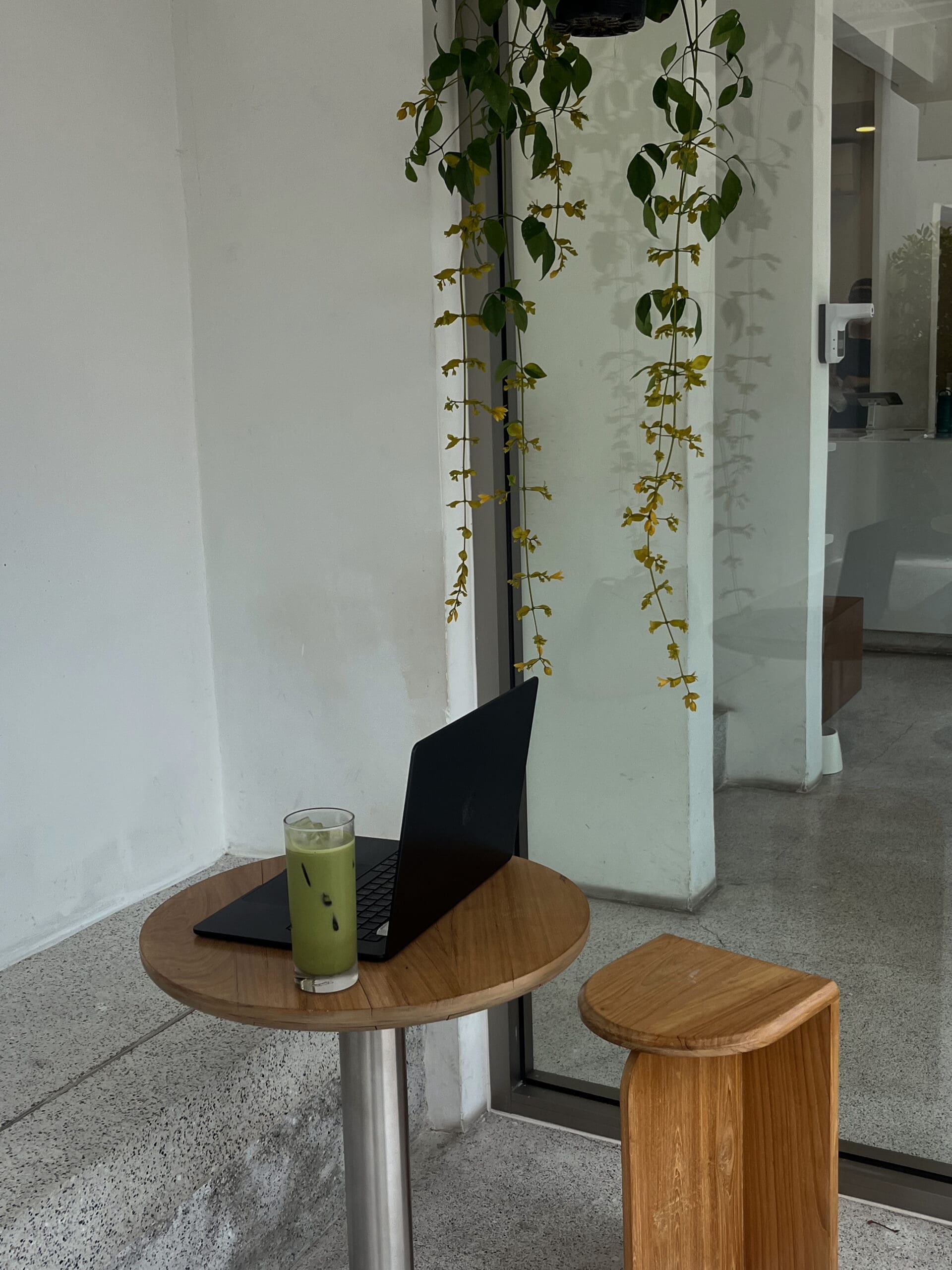Therapist Turned Website Copywriter
It started in 4th grade.
I had just come back from a field trip on Max Patch — sunburnt, grass-stained, blissed out — and was handed a simple assignment:
Write about your experience.
Say less.
I launched into it like a kid possessed: the clouds sitting on the mountaintops, the dirt under my nails, and for some reason… the aggressively yellow mustard on my ham sandwich. (Why that detail? Who knows. 4th grade Cilla was in her cinema-verité era.)
What I do remember is this:
That little essay made it into our local newspaper.
And little-me was unwell with pride.
Fast forward to college:
I decided to become a therapist. Specifically, one who worked with eating disorders and body image — the intersection of compassion, psychology, and helping people feel at home in their skin. I still love that version of me. And honestly? She never left. I’m still a super part-time therapist who happily uses both sides of her brain.
So when I tell people I’m now a website copywriter, their reactions are… a vibe.
- “Well, you DID always love writing. Makes sense.”
- “So… what are you going to do with your therapy license??”
- “Wait, what is website copywriting?? LOL.”
The scarcity energy jumps out every time.
And while I could sit here and unpack the many, many plot twists it took to get from “board-approved clinician” to “creative business owner who ruins beige copy for sport,” you can read the full lore in the Substack I wrote.
For this blog, I want to focus on something more important:
How my therapy background is not just “useful,” but an actual cheat code for writing website copy that connects, converts, and feels like you.

Why Working With a Therapist-Turned-Copywriter Is Actually a Chess Move
Most copywriters are taught to write for behavior:
“Use urgency.”
“Trigger desire.”
“Go for the pain points.”
Yawn.
My clients aren’t NPCs in a sales funnel. They’re humans with history, conditioning, fears, hopes, and identities that shape how they make decisions.
This is where therapy ruined me in the best way.
I can’t unsee the layers behind what people say they want.
I can tell the difference between:
- what your client thinks they should buy
- what they’ve been conditioned to feel guilty about wanting
- what they secretly daydream about but don’t believe they’re allowed to choose
You cannot market to surface-level desires when everything that actually moves someone is happening five layers deeper.
And that’s why your website keeps getting skipped.
Most website copy speaks to:
- the role someone plays (“bride,” “entrepreneur,” “parent”)
instead of - the identity shift they’re aching for (“I want to feel seen, supported, chosen, understood”).
I write for that.
Not pain points — permission points.
Not “pick me!! I’m different!!” — but
“Here is the truth you’ve always known but haven’t heard anyone say out loud until now.”
That is psychology-driven copy.
That is what makes people stop scrolling.
Understanding Human Design & Its Impact on Sales Psychology
Okay — before you think I’m about to pull out a chart and tell you your rising sign, deep breath.
I’m not a Human Design reader, but the therapeutic framework I use is basically the same idea:
People are wildly different.
So the way they buy, trust, and make decisions is wildly different too.
Here’s what I look for when I’m writing your site:
1. What does your audience fear being perceived as?
Selfish.
Too much.
Too inexperienced.
Too needy.
Too unqualified.
Too expensive.
If you don’t address these invisible fears directly, they’ll read your site with a wall up.
2. What desires have they been taught to suppress?
This comes straight from your cultural conditioning excavation.
People often want more — more support, more ease, more beauty, more luxury, more time — but have been told they should “just be grateful.”
I rewrite their permission slip right on the page.
3. What are the actual moments that signal safety, not strategy?
People don’t convert because the CTA was yellow.
They convert because they felt understood.
Humans buy when the nervous system says yes.
Not the marketing formula.
And guess which profession is trained to understand nervous systems?
Exactly.
My Approach to Writing Story-Driven Website Copy
Your website should sound like you — not the version of you who tries to impress the internet.
Not the version who followed every “expert rule.”
And definitely not the “professional brand voice” that has never once existed in your actual life.
If Uncategory taught me anything, it’s this:
Clarity isn’t the same as sameness.
And confidence isn’t the same as performing authority.
Most websites are boring because they’re safe.
Predictable.
Sanitized.
Perfectly polished until they say absolutely nothing real.
Here’s how I write instead:
1. We excavate your actual voice — the one with texture.
The quirks.
The unhinged story you told your group chat.
The opinions you’re low-key afraid to say out loud.
That is your authority.
2. We center the client without erasing you.
You don’t need to scream “I’m the best!”
You need to articulate the world your work makes possible.
3. We balance emotional truth with strategic flow.
Therapy gave me the language.
SEO gave me the structure.
The combination is why my sites both convert and feel like someone’s favorite book.
4. We build your own category — not fight for someone else’s.
You’re not here to be one of many.
You’re here to become the only option that makes sense.
That is Uncategory in action.
That is Kinfolk Creative.
Your Website Isn’t Words — It’s a Conversation
And conversations change people.
Your website isn’t where you “convince” someone. It’s…
- where you meet them in the truth they’ve been afraid to voice.
- you say the thing they didn’t know they needed to hear.
- where their future self feels seen for the first time.
It’s where the right people finally exhale and think:
“Oh. It’s you.”
And if you want a website that does that —
that converts not because it’s clever, but because it’s true —
I’d love to write it with you.
